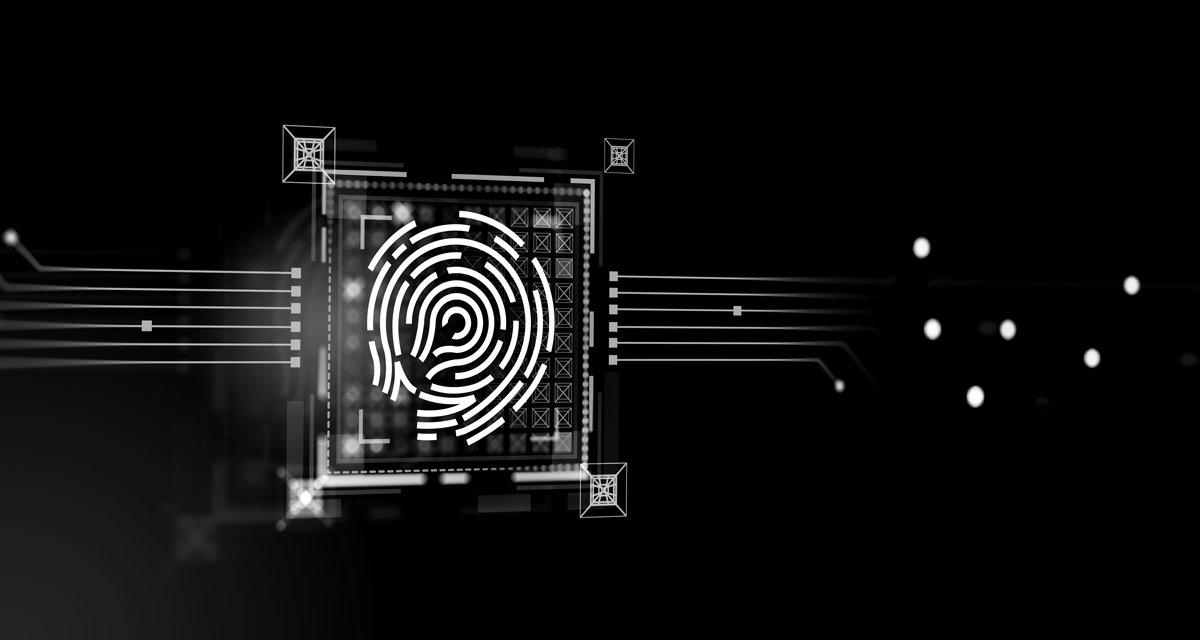A risk-aligned approach begins with understanding what is at stake. However, managing risk presents significant challenges for many organizations. With the rise of cyber-attacks, the complexity of threats has increased, and cybersecurity has evolved into a multifaceted discipline that requires deep visibility into both external threats and internal vulnerabilities.
Managing risk internally creates an extra layer of difficulty as it often involves aligning different teams, technologies, and processes across the organization. Siloed departments, inconsistent risk assessments, and lack of communication between business and IT units can make it hard to get a full picture of an organization’s risk posture. Additionally, many organizations struggle with resource constraints, which can hinder the implementation of robust cybersecurity strategies.
Understanding Risk-Aligned Cyber Security
Risk-aligned cybersecurity is crucial for building resilience because it ensures that security efforts are focused on the most critical threats and vulnerabilities that could harm an organization. By aligning cybersecurity strategies with the specific risks an organization faces, businesses can more effectively protect themselves against cyberattacks, minimize potential damage, and recover more quickly from incidents.
Risk-aligned cybersecurity is a strategic approach that focuses on identifying, assessing, and managing the risks most relevant to an organization. Instead of a one-size-fits-all approach, it recognizes that each organization has a unique set of assets, vulnerabilities and threat landscape. Consequently, a strong cybersecurity strategy must be tailored to address the specific risks that are most likely to impact the organization.
A risk-aligned approach begins with understanding what is at stake. This involves identifying the most critical assets — whether data, intellectual property, customer information, brand reputation or operational systems — and understanding the potential impact of a cyberattack on any of these assets. It also involves assessing the likelihood of different types of attacks based on the organization’s industry, size and threat environment. By prioritizing risks based on their potential impact and likelihood, organizations can focus their resources on the areas that matter the most, maximizing both efficiency and effectiveness.
Maximizing Efficiency Through Focused Resource Allocation
Not all risks are created equal. Some threats pose a greater risk to an organization’s operations or data integrity than others. Risk-aligned cybersecurity helps organizations identify and prioritize the most significant threats, allowing them to allocate resources (e.g., technology, budget, personnel) where they are most needed. This targeted approach avoids wasting resources on low-risk issues and ensures critical areas are adequately protected.
One of the primary benefits of risk-aligned cybersecurity is the efficient allocation of resources. Cybersecurity budgets are often limited, and trying to defend against every possible threat can quickly become a costly and unmanageable endeavor. A risk-aligned strategy enables organizations to prioritize their spending, focusing on the most significant risks and vulnerabilities.
By understanding which assets are most critical, and which threats are most likely, organizations can invest in the technologies, processes and people that will provide the needed protection. For example, a company that relies heavily on its online presence may prioritize protecting its web applications and customer data, whereas a manufacturing firm might focus on securing its operational technology and supply chain. This focused approach helps ensure resources are not wasted on low-impact threats, but instead, directed toward areas where they can provide the most value.
Enhancing the Effectiveness of Defenses
A risk-aligned approach allows for proactive defense rather than reactive responses to threats. By understanding the risks and how they might evolve, organizations can implement anticipatory measures, such as stronger access controls or better data encryption, to mitigate potential damage before an attack occurs. This enhances resilience by reducing the impact of a successful cyber incident.
Risk alignment also enhances the effectiveness of cybersecurity measures by ensuring defenses are specifically designed to counter the most relevant threats. This targeted approach goes beyond simply implementing the latest technologies; it involves understanding the tactics, techniques, and procedures that attackers are likely to use and build defenses accordingly.
For example, if an organization is in a sector that is particularly prone to ransomware attacks, its risk-aligned strategy might involve investing in advanced threat detection and response capabilities, robust backup solutions, and employee training on phishing awareness. On the other hand, a company handling sensitive financial information might focus on encryption, access controls, and monitoring for insider threats. By aligning cybersecurity measures with the most likely attack vectors, organizations can build stronger, more effective defenses that are better suited to their specific threat environment.
Building Resilience Through Proactive Risk Management
Every organization operates within its unique context—whether it’s industry, size, or geographic location—meaning its threat landscape will differ. Risk-aligned cybersecurity strategies account for the specific threats that an organization is most likely to encounter, such as ransomware attacks on hospitals or supply chain breaches in manufacturing. Customizing the approach to these unique risks enhances the effectiveness of cybersecurity measures.
Such a proactive stance allows organizations to anticipate potential threats and take steps to mitigate them before they can cause significant damage. It also ensures that, in the event of a breach, the organization is prepared to respond quickly and effectively, minimizing the impact on operations and reputation. This level of preparedness is crucial in today’s fast-moving threat landscape, where the ability to recover quickly from an attack can make the difference between a minor incident and a catastrophic event.
Adapting to a Changing Threat Landscape
The cyber threat landscape is constantly evolving, with new threats emerging regularly. A risk-aligned approach allows for continuous monitoring and reassessment of risks as the landscape changes. This flexibility ensures that cybersecurity strategies remain relevant and adaptive to new threats, enhancing the organization’s long-term resilience.
A risk-aligned cybersecurity approach is inherently adaptive, enabling organizations to adjust their strategies as new information becomes available. By regularly reassessing risks and adjusting defenses accordingly, organizations can stay ahead of the curve and maintain a robust security posture even as threats change.
This dynamic approach contrasts sharply with static, compliance-driven models of cybersecurity that may only focus on meeting regulatory requirements. While compliance is important, it does not necessarily equate to security. A risk-aligned strategy ensures that an organization’s cybersecurity efforts are driven by the actual risks it faces, rather than by generic checklists or outdated standards.
Strengthening Brand Confidence
Risk alignment ensures that cybersecurity efforts are communicated in terms that business leaders and stakeholders can understand, linking them directly to potential business impacts. This alignment helps foster a culture of security awareness across the organization, making employees and decision-makers more engaged in maintaining a resilient cybersecurity posture.
In an environment where cyber attacks are increasingly common and publicized, stakeholders want assurance that an organization is taking the necessary steps to protect its assets and data. A well-communicated, risk-based cybersecurity strategy, backed by Obrela’s expert team, demonstrates a commitment to security and a proactive stance on risk management.
This approach also aligns with broader business objectives, as it supports continuity, trust, and reputation management. When stakeholders know an organization has a clear understanding of its risks and is taking appropriate measures to mitigate them, they are more likely to trust and do business with that organization.
Preparedness, the product of risk-alignment
Even with the best cybersecurity measures in place, breaches and incidents are inevitable. Risk alignment enables better planning for incident response and recovery. Organizations can establish response plans that prioritize the most critical assets and processes, ensuring a faster recovery and less operational disruption in the event of a breach. This preparedness enhances the organization’s ability to bounce back after an attack, a key component of resilience.
In a world where cyber threats are constantly evolving, a risk-aligned approach to cybersecurity is not just a strategic advantage; it is a necessity. By aligning cybersecurity efforts with the specific risks an organization faces, businesses can maximize efficiency, enhance the effectiveness of their defenses, and build resilience against future threats. This approach ensures that resources are used wisely, defenses are appropriately targeted, and the organization is prepared to respond to and recover from any potential attack. As cyber threats continue to grow in both frequency and sophistication, risk-aligned cybersecurity is the key to building a secure and resilient digital future.
Learn more about our solutions for risk and controls and how these create a convergence of threat detection with risk management to enable businesses become more resilience and scalable to manage cyber threats.




